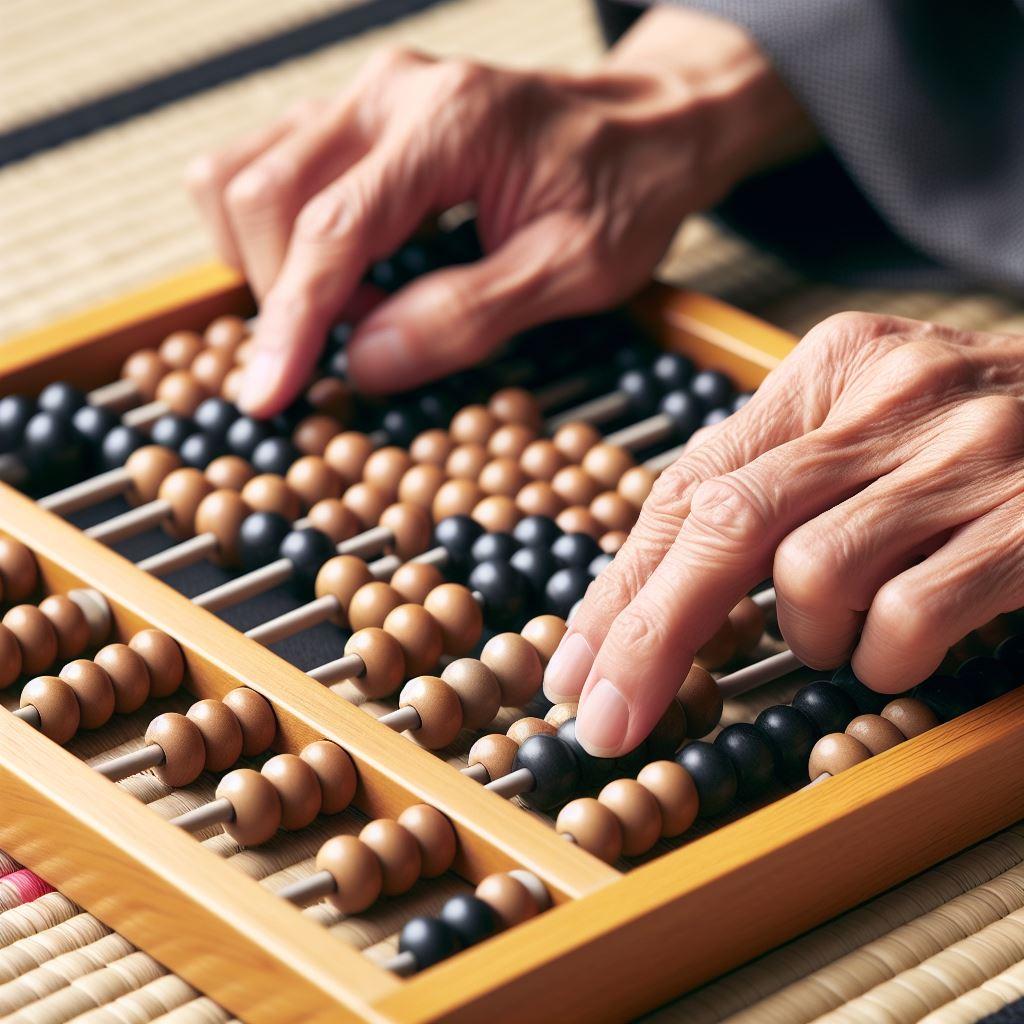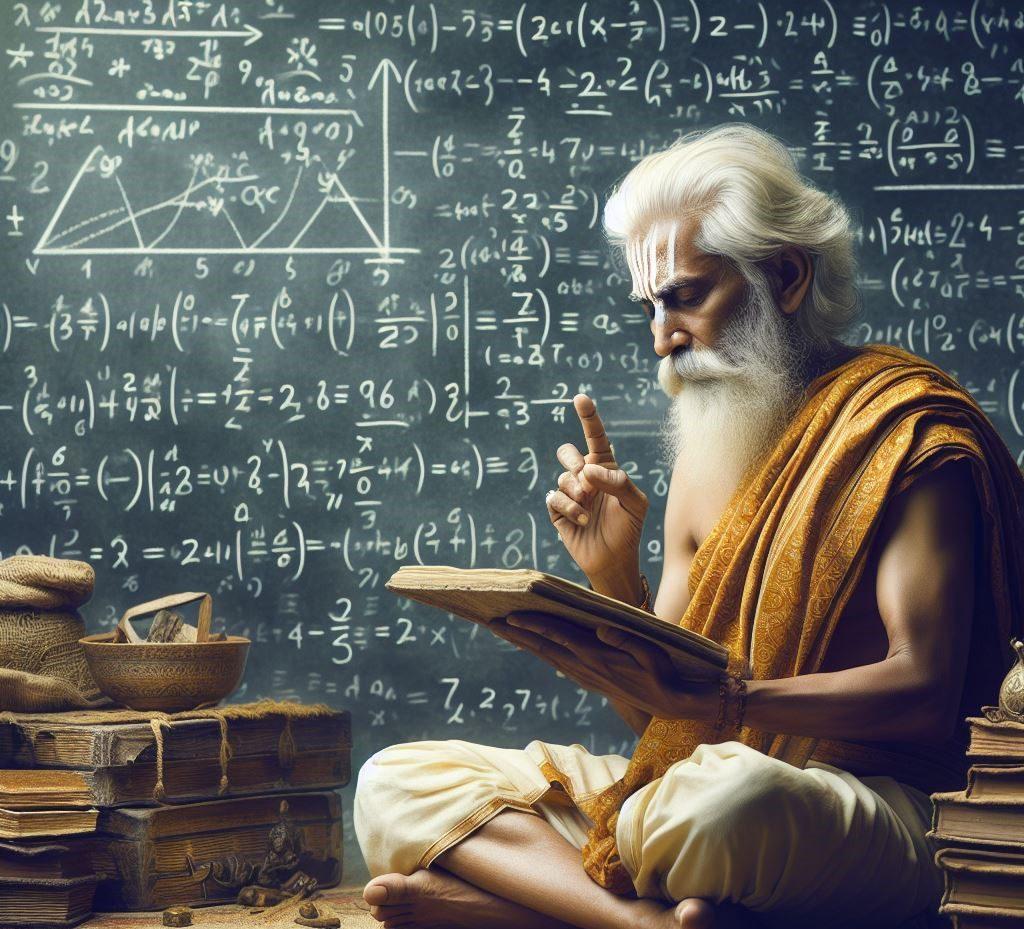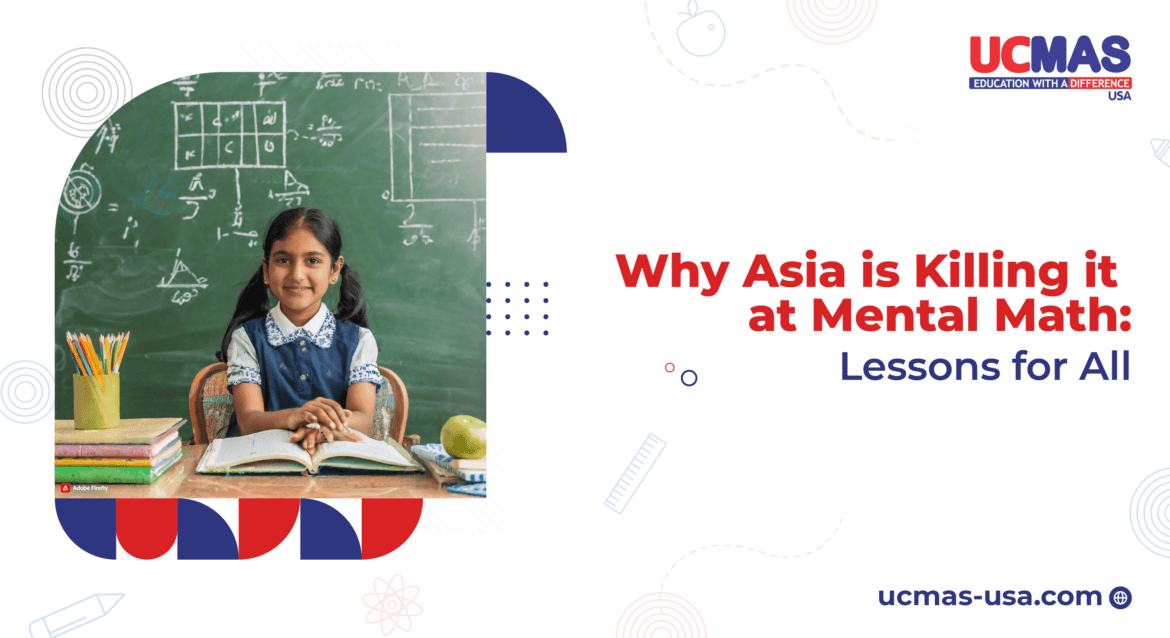Frustration. That feeling is in the pit of your stomach as you desperately punch numbers into your calculator, racing against the clock. Yet halfway across the world, students are effortlessly solving complex math problems in their heads before you can even reach for your device.
So what’s the secret behind Asia’s mental math dominance? The answer is a strong cultural emphasis on building foundational math abilities through repetitive daily mental math practice. This allows Asian students to develop an intuitive grasp of numbers and mathematical patterns from a very young age.
The implications are clear. While we may rely on calculators and spreadsheets, the math giants of the East are sharpening their minds. And it’s not just elementary school students. Sharper mathematical thinking provides advantages throughout life, from managing personal finances to inventing scientific breakthroughs.
Let’s learn about the strategies from Around Asia
Japan’s Soroban Mental Math
Research shows that Japanese students perform better on standardized tests compared to US students. In 1999, Japan ranked 3rd and the US ranked 28th out of 38 countries in 8th grade math achievements. What are students learning extra in Japan to achieve this kind of stature? Let’s learn more about it-
In Japan, students have been developing strong mental math practice through the soroban, a traditional abacus. Students begin daily visualization exercises using this tool starting in kindergarten. This builds their ability to picture mathematical operations and solve problems in their mind’s eye. Instead of counting on fingers, Japanese children train with soroban drills for hours each day. This develops intuition and pattern recognition.

[For deeper insights into the origin and usage of an ancient tool like the Abacus, check out our related blog.]
- Japanese lessons emphasize problem-solving, and deductive thinking, and students learn from formulating procedures themselves vs just practicing them.
- Japanese mental math practices focus on balancing speed and accuracy. Students aim to not just get the right answer, but get it right quickly through rapid mental calculations.
- Constant mental math practice and timed tests help Japanese kids calculate with lightning speed. Their mental visualizations become so ingrained that complex math becomes instinctual.
- Japanese students get no calculator use in math class and rely on mental math practices.
- Japanese students devote hours of after-school time and attend “cram schools” to study for high school entrance exams, which determine career tracks.
China: A More Holistic Road To Mental Math
China takes a more holistic approach to mental math education. Rather than repetitive drills, the focus is on building flexible thinking and creative problem-solving abilities.
- Flexible thinking valued over rote learning:
Chinese math education emphasizes understanding number sense and mathematical principles over rote memorization. Students learn various creative strategies to approach mental math problems from different angles.
- Creative problem-solving strategies:
Chinese students are encouraged to come up with innovative ways to tackle math questions mentally. This includes techniques like breaking down complex problems into simpler steps or using visualization to picture a math operation. Flexible approaches are valued over always applying the same formulaic solutions.
In 2015, China and the U.S. were co-champions of the 60th International Mathematical Olympiad, held at the University of Bath in England. Five of the six competitors on the American team were of Chinese descent.
It would be misguided to attribute this solely to race or genetics. Rather, the distinction stems from the Chinese cultural emphasis on mathematical discipline and mastery of fundamentals from a very young age. Through focused early math education and commitment to diligent practice, students of all backgrounds can develop the skills needed to excel in competitions like the Mathematical Olympiad. While the Chinese system may provide advantages, adopting similar teaching techniques focused on problem-solving, mental math, and tenacious perseverance can help close this gap for students worldwide. Math excellence is built, not born.
India’s Arithmetic Heritage
“Indians are so good at math and physics”, said the great scientist Stephen Hawkings in 2001 to India’s then president K R Narayyan while on his 16-day long tour to India.
India has a long history of cultivating mathematical talent stemming back over 2,000 years to the origins of Vedic math. Needless to say, India is home to a vast number of famous mathematicians throughout human history, such as Brahmagupta, Aryabhatta, and Bhaskara II from the Ancient India period. These iconic Indian mathematicians did significantly contribute to the evolution of mathematics from the very beginning like the invention of the number zero concept or the decimal system number.
- Indians learn mathematics from a very young age since it is ingrained in their culture. This is mostly due to the way India’s current educational system is set up.
- Since math is emphasized by parents and educators from the very beginning of education, every student is driven to achieve academic success in this subject.
- There are also socioeconomic reasons behind Indians being good at math. In the past, it was thought that the only professions with high job prospects were engineering and medicine. This made math a priority for parents, educators, and the educational system because math is a necessary component of these professional prospects.
- Indian students are very good at solving math problems as they are taught multiplication, and division from the early elementary school level to enhance their logical thinking, problem-solving, and fundamental math skills through constant mental math practice.

How Can You Help Your Kids to Develop Strong Mental Math Skills?
From in-centre mental math classes in multiple locations to developmental online abacus classes, UCMAS provides an excellent opportunity for children to master arithmetic topics and have fun while doing so. UCMAS with its unique mental math curriculum built around the abacus, is a unique abacus and mental arithmetic program. Parents in more than 80 nations have approved the curriculum, which uses a unique abacus and mental math teaching techniques to help kids become masters of mental arithmetic. Beyond the scope of standard methods, this technique helps kids develop strong arithmetic skills and a firm grasp of the subject. By using their own reasoning and intuition, children can become proficient in abacus math, which makes mental math fun and approachable. UCMAS demonstrates a firm commitment to shaping the next generation into mathematical geniuses! Give the academic advantage your child deserves, Book a Free Info Session Today!
Key Takeaways that you should take note of
- Start building mental math practice in students early on.
- Limit calculator usage to build mental math speed, accuracy, and flexibility. Don’t become dependent on technology.
- Daily repetition and practice aid automaticity and recall.
- Structure lessons around creative problem-solving and students formulating solutions. Avoid over-reliance on rote procedure practice.
- Have students explain problem-solving processes. Ensure true conceptual understanding.
Asian mental math excellence comes from a focused curriculum, daily mental math practice, creative techniques, competitions, calculator limits, a growth mindset, and real-world grounding. Adopting these can help students worldwide achieve strong mental math skills.
Find links to more of our related blogs below!
Exploring the science behind abacus education.
Unleashing the power of abacus mental math with UCMAS: 2


